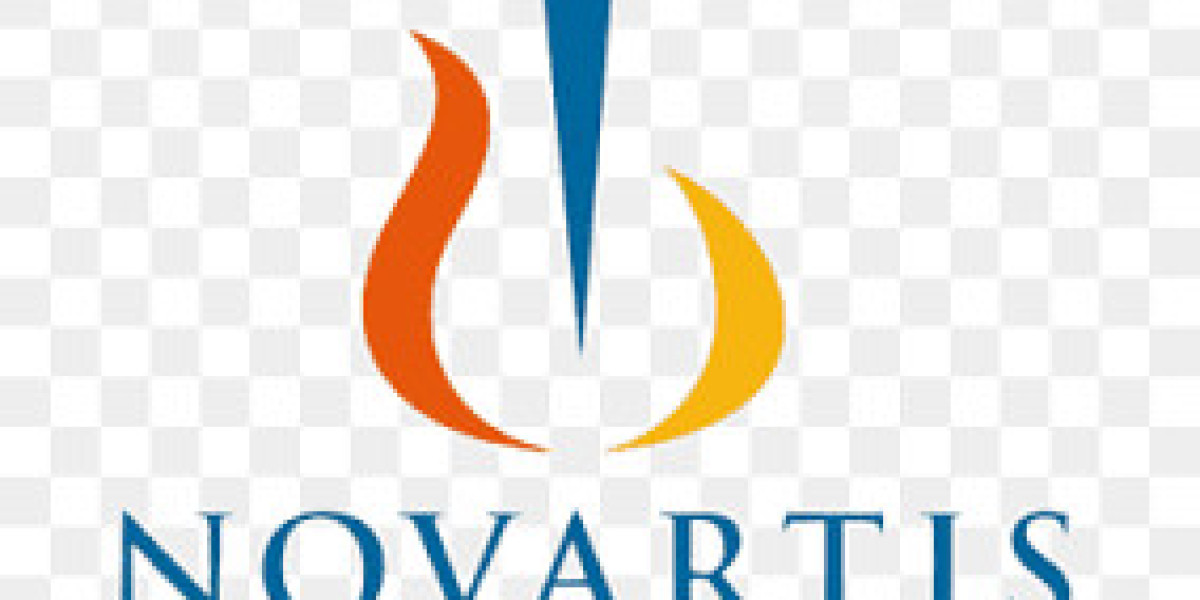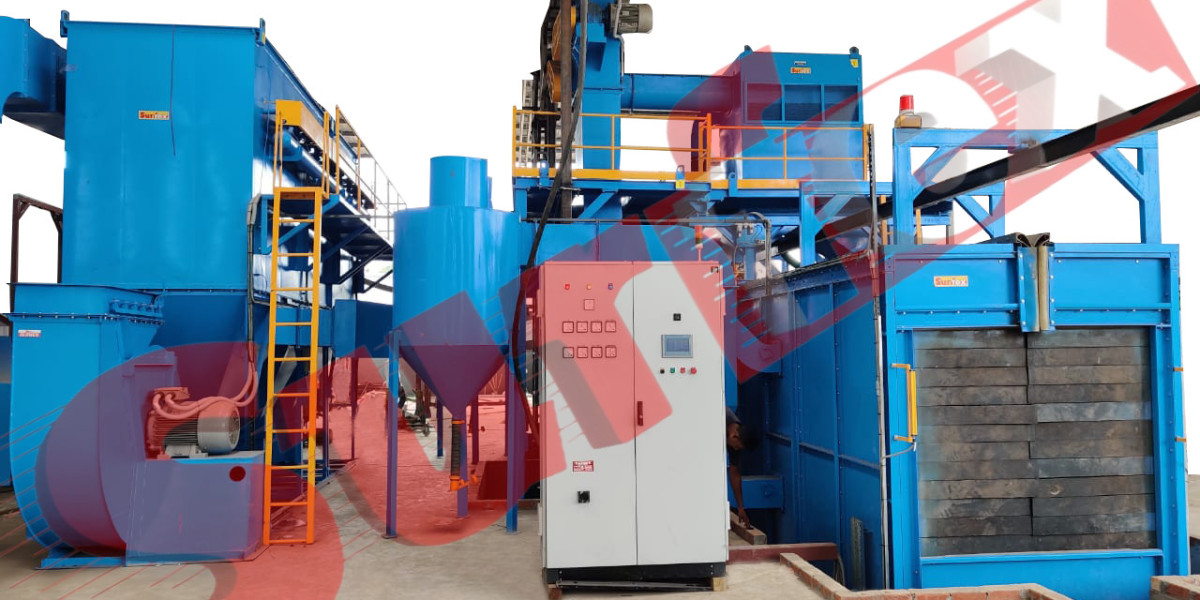Novartis AG, headquartered in Basel, Switzerland, is one of the world’s largest pharmaceutical companies. With a diverse portfolio spanning innovative pharmaceuticals, generics, biosimilars, and eye care products, Novartis operates in over 140 countries globally. The company’s vision is to reimagine medicine to improve and extend people’s lives, combining advanced science and cutting-edge technology to develop breakthrough treatments.
As a global leader in healthcare, Novartis focuses on areas such as oncology, ophthalmology, immunology, cardiology, and neurology. Its commitment to research and development (R&D) enables the company to introduce new, groundbreaking therapies in both the branded and generic segments.
1. Financial Performance Overview
Novartis has consistently demonstrated strong financial performance due to its innovative product pipeline and vast global reach. The company’s financials reflect its successful efforts in R&D, cost management, and strategic acquisitions. However, like many pharmaceutical giants, Novartis faces challenges in maintaining growth, particularly as some key patents expire and pricing pressures intensify.
a. Revenue Performance
- Recent Revenue Trends: Novartis’ revenue is derived from several major divisions, including innovative pharmaceuticals, generics (Sandoz), and eye care (Alcon). The innovative medicines division, particularly oncology, has been the primary revenue driver in recent years.
- Key Growth Areas: Oncology has been a standout growth driver for Novartis, with drugs like Kymriah (a CAR-T therapy) and Kisqali (for breast cancer) showing strong sales. Other therapeutic areas such as ophthalmology (with Lucentis and Beovu) and neurology have also seen substantial contributions to revenue growth.
- Geographic Diversification: Novartis has a well-balanced geographic revenue distribution, with strong sales in North America, Europe, and emerging markets. The U.S. remains a critical market, accounting for a significant portion of the company's revenue due to the high demand for innovative therapies and specialty medicines.
b. Profitability Metrics
- Gross Profit Margin: Novartis consistently maintains a strong gross profit margin, driven by its focus on high-value, innovative products. The company’s proprietary drugs, especially in oncology, provide premium pricing and a healthy margin.
- Operating Expenses: Novartis has worked to optimize its cost structure through various restructuring initiatives. The focus on digitalization and efficiency improvements in manufacturing has contributed to lower operating costs. R&D expenses remain significant as the company continues to invest heavily in developing next-generation therapies.
- Net Income: Novartis has maintained a robust net income, although it occasionally experiences fluctuations due to regulatory challenges, legal settlements, and pricing pressures in key markets. Overall, its bottom line has remained strong due to the high profitability of its branded medicines and eye care products.
c. Debt and Capital Management
- Debt Levels: Novartis has generally maintained a conservative approach to debt, though its recent acquisitions and R&D investments have led to increased capital expenditure. The company uses its strong cash flow to manage debt and make strategic investments in its product portfolio.
- Cash Flow: The company enjoys healthy cash flow from operations, allowing it to reinvest in R&D, acquisitions, and shareholder returns. This stable cash flow also provides Novartis with the flexibility to pay dividends and conduct share repurchases.
2. Revenue Breakdown by Divisions
a. Innovative Medicines
- Pharmaceutical Sales: Novartis’ innovative medicines division represents the largest revenue stream, with oncology being the flagship area of growth. Treatments for conditions like cancer, cardiovascular diseases, and immunological disorders contribute significantly to the company’s sales.
- Leading Products:
- Kymriah (CAR-T cell therapy for cancer)
- Aimovig (migraine treatment)
- Entresto (heart failure medication)
- Kisqali (breast cancer treatment)
- Growth Potential: Novartis continues to invest in R&D to strengthen its oncology and cardiovascular portfolios, with promising new drugs in the pipeline targeting rare diseases and chronic conditions.
b. Sandoz (Generics and Biosimilars)
- Generics Market: Sandoz, Novartis’ generics division, is one of the largest in the world. It offers affordable alternatives to branded drugs and contributes to Novartis’ mission of making healthcare more accessible. However, the generics market faces intense competition, pricing pressures, and regulatory hurdles that can affect profitability.
- Biosimilars: Sandoz is actively expanding its biosimilars portfolio, aiming to capture a larger share of the biologics market. With biosimilars being a fast-growing segment, Novartis is positioning itself to benefit from the increasing demand for affordable biological treatments.
- Revenue Declines: Sandoz has experienced some revenue declines due to pricing pressure and the loss of exclusivity for several products. However, the division remains a key part of Novartis’ overall strategy, particularly in addressing the cost challenges in healthcare systems worldwide.
c. Alcon (Eye Care)
- Revenue Growth: Alcon, Novartis’ eye care division, has been a consistent performer with strong sales in both surgical and vision care products. Alcon’s product offerings include surgical equipment for cataract surgery and innovative contact lenses.
- Key Products: Alcon's portfolio includes advanced surgical tools like the Cataract Surgery System and vision care products like Dailies and Air Optix contact lenses.
- Spin-Off: In 2019, Novartis spun off Alcon into a separate publicly traded entity, marking a strategic shift. Despite this, Alcon continues to be an important contributor to Novartis' revenue stream through its ongoing partnership and product developments.
3. Strategic Investments and R&D Focus
Novartis remains deeply committed to innovation and growth through its significant investment in R&D. In 2020, Novartis spent around $8 billion on research and development, representing a substantial portion of its revenue. The company’s pipeline is rich with promising treatments in oncology, cardiovascular, immunology, and neuroscience.
a. Oncology Pipeline
- Key Focus Areas: Oncology continues to be a core area of growth for Novartis, with a focus on CAR-T therapies and immuno-oncology. The company is investing heavily in developing drugs for solid tumors, hematological cancers, and personalized cancer therapies.
- Future Prospects: With the global cancer burden increasing, Novartis is poised to expand its market share in oncology, driven by innovative therapies such as Kymriah and future pipeline drugs.
b. Digital Health and Innovation
- Embracing AI: Novartis has increasingly embraced artificial intelligence (AI) and data analytics to accelerate drug discovery and optimize clinical trials. This includes partnerships with tech companies and investment in AI platforms to enhance R&D productivity.
- Digital Therapeutics: Novartis is exploring the potential of digital therapeutics and mobile health solutions, which aim to improve patient outcomes through personalized, digital interventions.
4. Challenges and Future Outlook
While Novartis remains a strong player in the pharmaceutical industry, it faces several challenges:
- Patent Expirations: As key patents for blockbuster drugs such as Entresto and Kisqali approach expiration, Novartis may experience increased competition from generics and biosimilars.
- Regulatory Scrutiny: The pharmaceutical industry continues to face increased regulatory scrutiny, particularly concerning pricing strategies and drug approvals. Novartis must navigate these challenges to protect its revenue streams.
However, the company’s robust product pipeline, commitment to innovation, and focus on high-growth therapeutic areas position it well for continued success in the future.
Conclusion
Novartis AG remains a global leader in the pharmaceutical industry, with a diverse and innovative portfolio that continues to drive revenue growth. The company’s investment in oncology, immunology, and digital health positions it for long-term success. Despite the challenges in the generics and biosimilars markets, Novartis is well-equipped to maintain its leadership in healthcare innovation and continue delivering life-saving medicines to patients worldwide.








